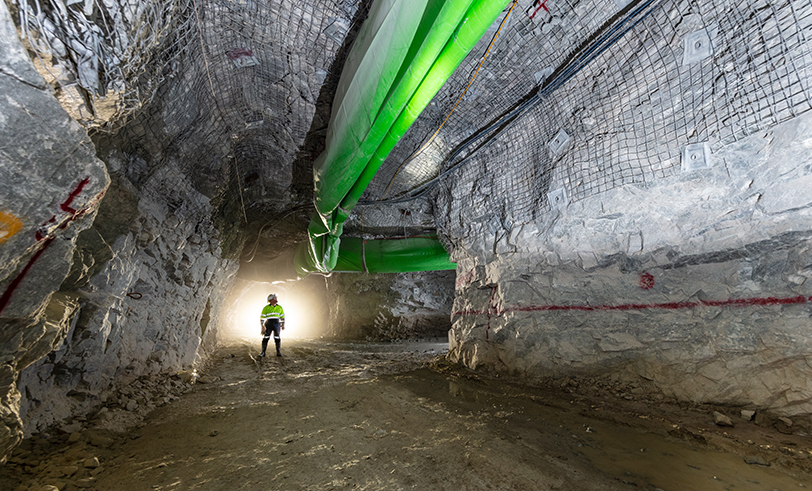Yes absolutely, mining jobs are currently highly in demand in Australia. According to the Australian Bureau of Statistics (ABS), the mining industry experienced an 8.8% increase in employment during the 2022–23 financial year, adding approximately 18,000 jobs.
This growth was primarily driven by the Metal ore mining subdivision, which saw a 7.7% increase (7,000 jobs), and the Exploration and other mining support services subdivision, with an 8.6% rise (4,000 jobs).
The Australian Government’s Critical Minerals Strategy 2023–2030 highlights the need for a highly skilled workforce to support the expanding critical minerals sector. Professions such as metallurgists, mining engineers, industrial chemists, and earth scientists are essential to fully capture the opportunities presented by this industry’s growth.
In Western Australia, the mining industry is particularly significant, accounting for more than 7% of total state employment.
The region continues to offer substantial employment opportunities within the mining sector.
Overall, the Australian mining industry is experiencing employment growth, with a strong demand for skilled professionals to support its expansion and operations.
Skills shortages in mining
The mining sector is experiencing a notable shortage of skilled workers. According to the National Skills Commission, mining-related occupations like geologists, mining engineers, and heavy machinery operators are among the most difficult to fill. These shortages are partly driven by the growth of critical minerals projects and the global push for sustainable energy technologies that rely on Australian resources.
Regional job distribution
Mining jobs are concentrated in resource-rich states such as:
Western Australia primarily for iron ore and gold production. Queensland, which is known for coal mining and developing critical minerals. South Australia is an emerging hub for copper, lithium, and rare earth minerals. These regions see higher demand for mining-related roles and offer competitive salaries to attract workers.
Government support for mining careers
The Australian Government has launched programs to address skills shortages and increase the workforce. For example:
National Skills Agreement focuses on apprenticeships and vocational training for industries like mining.
Critical Minerals Workforce Development Initiative supports education and training tailored to the needs of the expanding critical minerals sector.
Tech and automation
Mining is increasingly incorporating automation and digital technologies. While this has reduced demand for certain manual roles, it has also created opportunities in technology-related fields like robotics, AI, and data analysis. This trend is reshaping the industry, making upskilling and retraining increasingly important to meet future needs.

